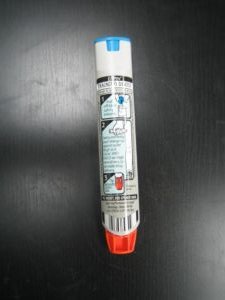Many people especially children have an inherent fear when sitting in a dentist’s chair. This is true when getting a cavity filled that result to an allergic reaction. Even though it is not common, an allergic reaction can occur to some individuals once dental fillings are applied.
What are the types of dental fillings used?
There are various materials that are used as dental fillings such as silver, gold and even porcelain. The silver fillings are considered the most common type and are also known as amalgam fillings since it is comprised of a combination of silver, tin, mercury and copper. The mercury is responsible for hardening the fillings but it has been an issue of health concern over the years.
How allergic reactions to dental fillings occur?
Any foreign substance in the body has the potential to trigger an allergic reaction. On the other hand, allergies to dental fillings only occur during rare cases. A small percentage of individuals were reported to be allergic to the amalgam fillings and the cause is no other than the mercury content.
An allergic reaction to dental fillings usually includes redness, itchiness and the appearance of skin rashes around the mouth, tooth, neck and head.
Treatment for an allergic reaction to dental fillings
The treatment of an allergic reaction to dental fillings typically involves the removal of the filling responsible in exchange for a replacement filling that is made out of any material that is free from mercury such as porcelain, gold or composite. In some cases, the allergic reaction can clear on its own before the filling is removed. In such cases, the dentist might decide to leave the filling in place in order to avoid triggering a recurrence of the symptoms.

Just like in any allergic reaction, a first aid measure to help ease the symptoms is to provide over-the-counter antihistamine. If a severe reaction occurs, it would require a shot of epinephrine in order to counteract the symptoms.
How to prevent an allergic reaction
The allergic reactions to dental fillings are very rare that most individuals do not have to worry about the reactions no matter how many fillings they will receive. Nevertheless, it is still best to go over possible allergies and medical history with the dentist before the procedure is carried out so that a decision is made on the type of filling material that will be used.
Testing for allergy to dental filling
If an individual wants to determine if he/she is allergic to dental fillings, it is best to consult a doctor so that tests can be performed. The commonly used tests to determine if an individual is allergic to a particular allergen includes a blood test and a skin prick test. If a skin prick test is performed, a site in the skin is pricked and the suspected allergen is introduced. If a reaction occurs, it indicates that the individual is allergic. As for a blood test, a blood sample is taken and brought to the laboratory for further analysis.
